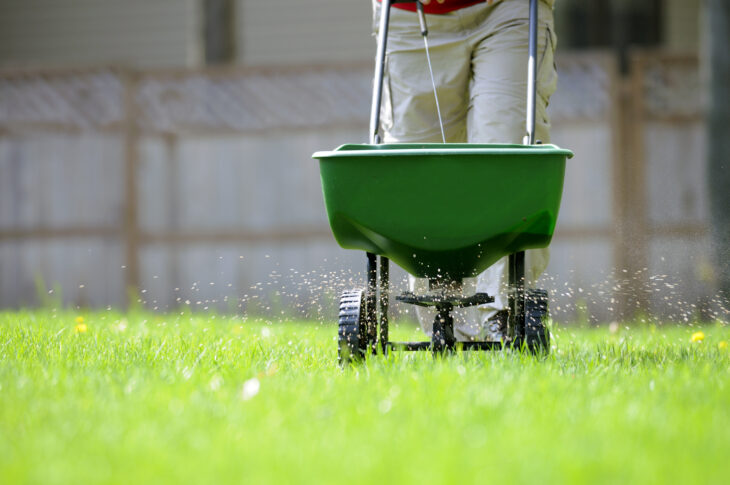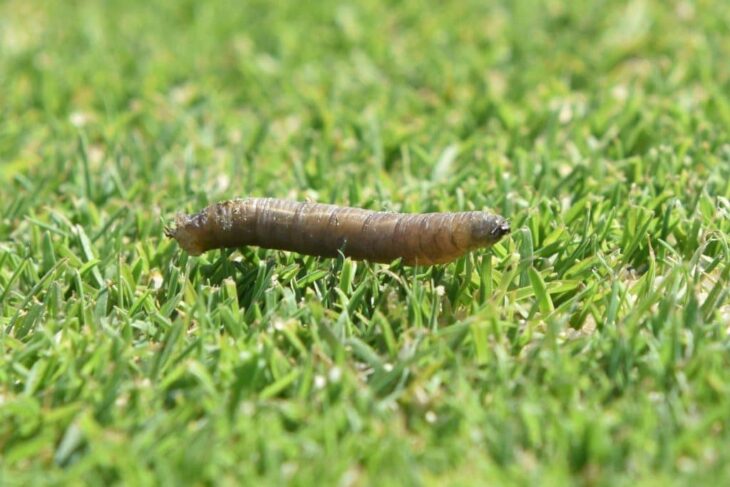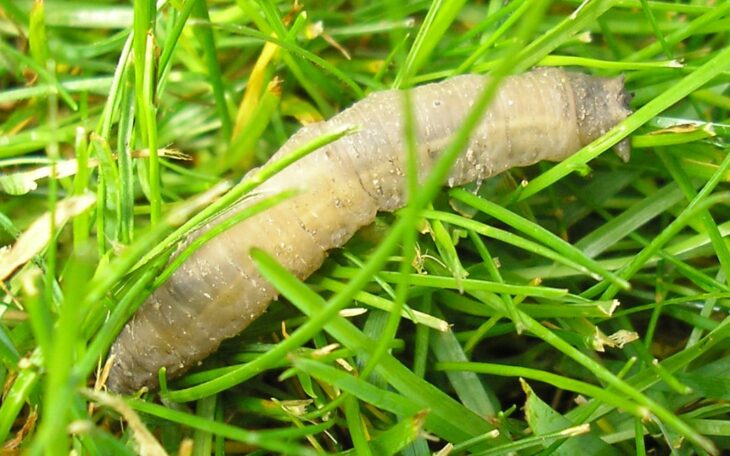So you’ve just moved into your new house, and when you utilize your garden, you’re welcomed with a mud hole! We are all too familiar with this problem, so we’ve compiled our best ideas for enhancing your newly built grass.
Although a mud hole is not the most visually pleasant feature, it can provide a blank canvas on which to build a new and better lawn! Transforming your new construction garden into a location for family, friends, and canine companions is simpler. With our assistance, you’ll be well on your way to creating a show-stopping landscape worthy of the Instagram grid!
Before you begin designing your garden furniture, hot tub, and twinkling lights, it’s critical to do a soil analysis!
Contents
Understanding the soil
Newly built houses are often built on a clay soil foundation, and unless you specifically request topsoil or drainage as part of your contract, you are likely to face the same dangers as many other new build homeowners. It’s usually pretty straightforward to distinguish clay soil from sandy or loamy soil, and you should be able to determine if you have clay soil or not at a glance. Clay soils are moist and muddy during rainy seasons and become almost cooked in hot temperatures, with visible fissures on the surface.
If you’re still dubious, take up some dirt, and if it forms a ball easily without falling apart, you may be pretty positive you have clay soils.
So, what are the applications for clay soils?
Making the correct choices

Source: reverehomes.com
Choosing the correct kind of grass seed, lawn feed, and lawn fertilizers for your newly constructed property is critical. While it may be tempting to put any seed down and hope for the best, it is preferable to get it right from the start. Typically, newly constructed houses have thick clay soils, making establishing grass tricky. Even if you turf over clay soils, the seed may suffer since it is not adapted to your soil type.
That is precisely where we come in! Our Lawn repair overseeding has been specifically formulated to overcome the obstacles that clay soils provide and provide you with a lush green lawn that will have your neighbors peeking over the fence!
If your clay soils also have shady areas, you may want to choose a lawn feed that can help the lawn grass develop in partial sunshine. Our Sun and Shade Lawn seed may be used with our Lawn repair overseeding to create a lawn seed that addresses all issues and results in a show-home quality lawn! For more details on how to use overseeding click here.
Now that you’ve purchased grass seed, it’s time to discuss lawn feeding…
Feeding
By providing your grass with enough nutrients, you may considerably improve the quality of your newly constructed Lawn. We suggest applying our Pre-Seed First Lawn Feed before planting. This will supply a wide variety of helpful nutrients to your soil. This will assist in providing the most pleasing possible development environment for your seedlings. Along with the lawn feed, you can also use lawn fertilizers to ensure the sound growth of grass.
After your new grass has been established for six to eight weeks, we suggest feeding it twice a year. Depending on the season, you may choose from our Universal lawn fertilizers. These will deliver a continuous supply of nutrients to your Lawn, ensuring that it remains healthy, thick, and green throughout the year.
These were the steps you need to take, to take care of your newly built lawn. But that is not all, even in the newly built lawns there are creatures known as leather jackets that are more common in lawns than you think but most of us only realize it when it’s too late.
So here are some tips to keep your lawn protected from Leatherjackets.
What are leatherjackets?

Source: greenmanlawncare.co.uk
Leatherjackets are the crane fly larvae that have hatched and may wreak havoc on your grass. Between August and October, crane flies, or daddy long legs as they are commonly called, deposit their eggs on the surface of your grass. These eggs will then remain dormant on your lawn for months until the optimal circumstances for hatching present themselves. The eggs hatch in wet, swampy environments, which is why we are more likely to notice their harm in late summer and early fall.
Signs you have leatherjackets
As previously said, leather jackets are more likely to be seen on your lawn between August and October, however harsh or very wet circumstances may allow older eggs to hatch. The first symptom you’ll notice is pecking at your grass by birds such as crows or magpies in quest of a secret treat. If they are concentrating their efforts in one location, you may wish to raise the grass to check for leather jackets underneath.
The second indicator is random spots of yellow on your grass — which may seem to grow in size over time. This is because the leatherjackets devour the grassroots, causing them to die and become yellow. Again, the simplest approach to determine if you have leatherjackets is to raise part of the grass around the yellow areas. If you see a group of brown grubs in the soil that appear suspicious, you have leather jackets!
How to get rid of leather jackets?

Source: lawn-tech.co.uk
Only nematodes are capable of eradicating leatherjackets from your grass. Nematodes are microscopic bacterial worms that infiltrate and eventually harm the leather jacket. While nematodes are available for a variety of plant pests, ensure you are purchasing the correct product. Always read the operating instructions.
How to prevent leatherjackets?
Unfortunately, you cannot prevent crane flies from depositing their eggs on your grass, nor can you control the very damp and rainy weather in Germany! The best course of action is to ensure that when rain does fall, your grass drains readily and does not encourage water to pool. While drainage may assist with this, it’s also a good idea to ensure that your grass is as level as possible without dips and that the soil is not compacted. Aeration is an excellent strategy to prevent compacting your soil and to assist with drainage. Similarly, you should strive to maintain your grass healthy so that when it does recover from leatherjacket damage, the remainder of your lawn remains healthy.
Once all leather jackets have been removed, you will need to remove the injured grass and seed these areas. These were some of the steps to improve the overall health of your newly built lawn to protect it from insects like leather jackets.
